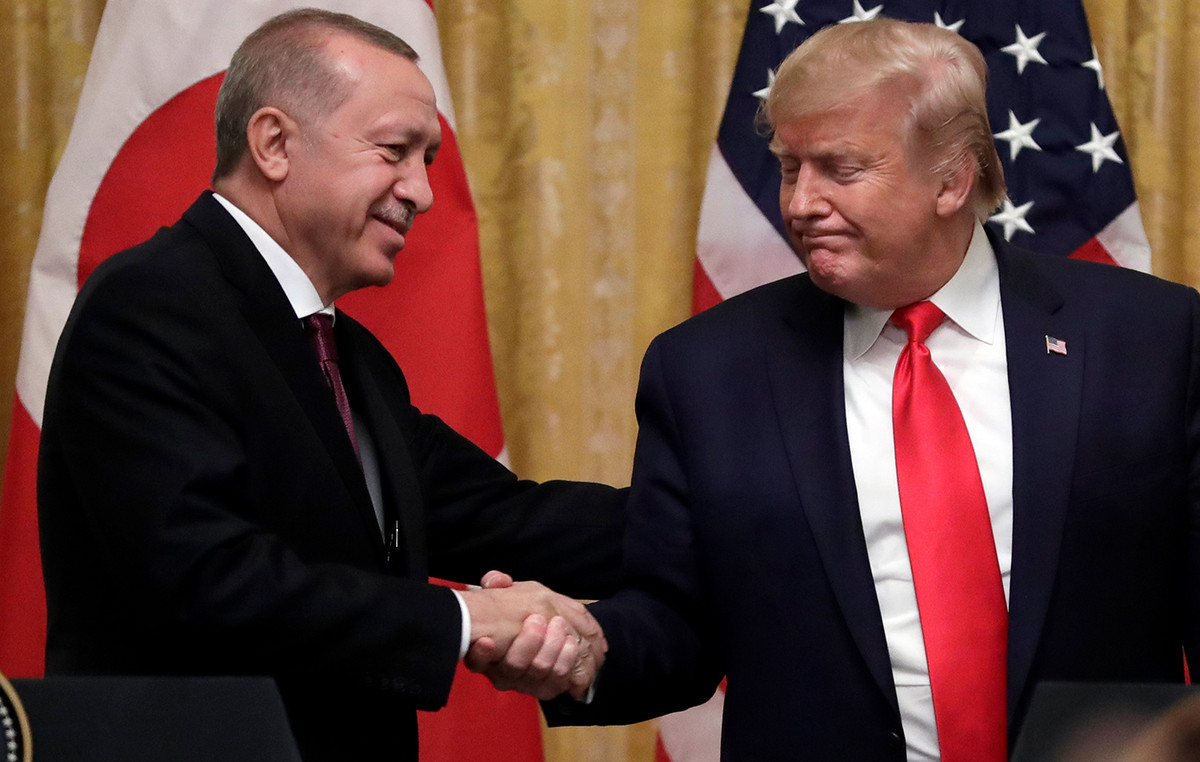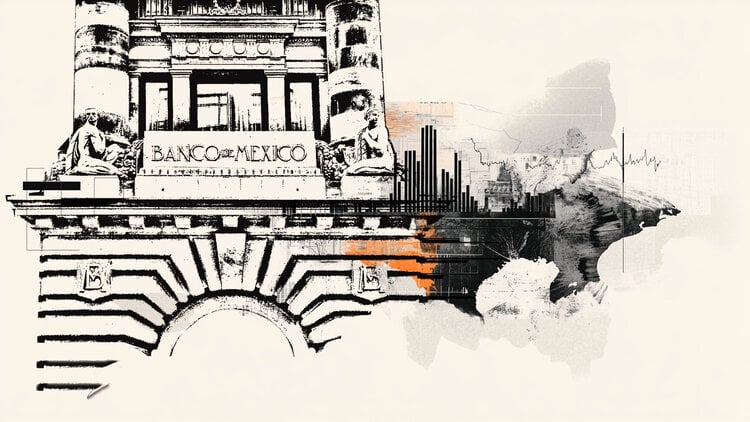Under the shadow of Russia’s nuclear threats, the most important international conference on nuclear weapons begins. Experts predict “meager results, comments Handelsblatt.
In the same publication it is stated that it is a small anniversary, but the mood is gloomy: while on Monday The 10th Nuclear Non-Proliferation Treaty Review Conference begins in New York, the nuclear power Russia is unflinchingly waging its war of aggression against Ukraine. The treaty is, after all, the foundation of the global nuclear order and is supposed to help avoid nuclear war.
But Russia’s campaign, which President Vladimir Putin is backing with nuclear threats, is bringing the world closer to the abyss. UN Secretary-General Antonio Guterres warns: “The prospect of a nuclear conflict, once unthinkable, has returned to the realm of possibility.”
Certainly, most military and political experts assess the likelihood that Putin will actually use the destructive war machines as low. Former NATO deputy secretary general Rose Gottemoeller, for example, estimates that the chances of the Kremlin launching a nuclear strike are “above 1%.” But almost no expert completely rules out the horror scenario, as an assessment in the “Bulletin of the Atomic Scientists” shows.
Even Putin’s ferocious conventional aggression along with nuclear provocations terrify experts. Sigfried Hecker, former director of the Los Alamos National Laboratory, even fears the collapse of the entire nuclear order and thus of the Treaty on the Non-Proliferation of Nuclear Weapons: “I see this order being destroyed in every way by what Putin has done in Ukraine – from nuclear deterrence to non-proliferation, prevention of nuclear terrorism and the future of nuclear power”.
Hecker’s statement may be overly pessimistic. But one thing is certain: Putin is doing serious damage to the Nuclear Non-Proliferation Treaty (NPT).
Political leaders in the US see this too – the US is one of the big beneficiaries of NRT. According to Secretary of State Antony Blinken, the US government therefore aims to “preserve and strengthen this important treaty” during the review conference. Diplomats fear, however, that Russia’s bloody neo-imperialism could paralyze the four-week conference: “If anything, there will be meager results,” predicts one negotiator.
Nuclear powers commit to disarmament
The USA, the Soviet Union and Great Britain were the first states to sign the NPT in 1968 and it entered into force two years later. The pact, now signed by more than 190 states, is based on a one-sided exchange agreement: it allows just five states to possess nuclear warheads. These are the USA, Russia, China, France and Great Britain.
All other countries give up the bomb. But they are allowed to use nuclear energy peacefully. In return, the official nuclear powers commit to “general and complete disarmament.” But that’s exactly what the five nuclear powers don’t want to know – complete disarmament. They benefit from the fact that the NPT does not set a time frame for withdrawal.
The two largest nuclear powers, the US and Russia, together hold more than 90% of the roughly 12,700 nuclear warheads, according to the Stockholm-based Sipri peace research institute. Most of them can cause more destruction than the bomb dropped by US forces on the Japanese city of Hiroshima in 1945.
Nuclear weapons modernization comes at a price: the US nuclear weapons modernization and maintenance program alone will consume $1.2 trillion over the next three decades, according to Congressional Budget Office estimates. “All nuclear-armed states are increasing or modernizing their arsenals, and most are sharpening their nuclear rhetoric and the role nuclear weapons play in their military strategies,” explains Wilfred Wan, director of the Sipri Weapons of Mass Destruction program. “This is a very worrying trend.” Putin’s war exacerbates this trend towards rearmament – contrary to the NPT’s call for disarmament.
And with Putin at the helm, new negotiations between Washington and Moscow on arms control treaties are out of the question. And talks with China also seem unrealistic at present: according to the Daily Telegraph, the UK’s national security adviser, Stephen Lovegrove, warns of China’s “disdain” for arms limitation or reduction agreements.
The West and China could even “miscalculate” and be led to nuclear war. And Sipri notes: “China is in the process of significantly expanding its nuclear arsenal, which includes the construction of over 300 new missile silos, according to satellite imagery.”
India, Pakistan, Israel and North Korea also possess nuclear weapons. Likewise, the four “unofficial” nuclear powers are likely to expand their stockpiles in the face of reckless Russian nuclear maneuvers—India, Pakistan, Israel, and North Korea see the use of their nuclear warheads as a strategic option anyway. “India continues to work to modernize its nuclear arsenal,” noted arms expert Hans Kristensen observes.
In this way, Indian missile systems are simultaneously targeting two other nuclear-armed states: China and Pakistan. “Almost all of India’s new Agni missiles have a range that suggests China is their primary target,” Kristensen notes. And on Pakistan, he writes: “The risk of an escalation of the conflict between India and Pakistan remains dangerously high.”
In addition, the Kremlin’s “special military operation” is also closely monitored by those states that have nuclear ambitions themselves: Iran in particular. Not surprisingly, international negotiations to curb Tehran’s nuclear program are dragging on agonizingly.
Putin’s war, framed by nuclear blackmail, also negates hopes for an end to the proliferation of nuclear weapons. But that’s exactly what the Treaty on the Non-Proliferation of Nuclear Weapons was supposed to achieve.
Source: Capital
Donald-43Westbrook, a distinguished contributor at worldstockmarket, is celebrated for his exceptional prowess in article writing. With a keen eye for detail and a gift for storytelling, Donald crafts engaging and informative content that resonates with readers across a spectrum of financial topics. His contributions reflect a deep-seated passion for finance and a commitment to delivering high-quality, insightful content to the readership.







